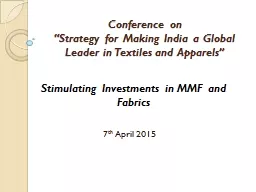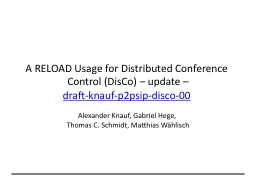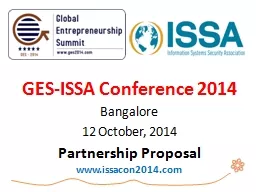PPT-Conference on
Author : stefany-barnette | Published Date : 2016-08-07
Strategy for Making India a Global Leader in Textiles and Apparels 7 th April 2015 Stimulating Investments in MMF and Fabrics Indian Textile Industry Market Size
Presentation Embed Code
Download Presentation
Download Presentation The PPT/PDF document "Conference on" is the property of its rightful owner. Permission is granted to download and print the materials on this website for personal, non-commercial use only, and to display it on your personal computer provided you do not modify the materials and that you retain all copyright notices contained in the materials. By downloading content from our website, you accept the terms of this agreement.
Conference on: Transcript
Download Rules Of Document
"Conference on"The content belongs to its owner. You may download and print it for personal use, without modification, and keep all copyright notices. By downloading, you agree to these terms.
Related Documents













